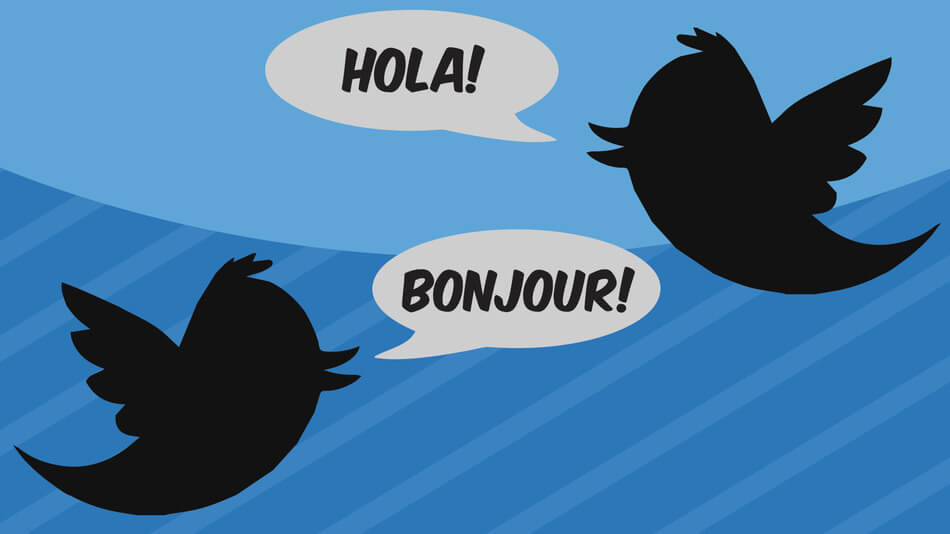Social media has become a huge asset for businesses around the globe.
The ability to reach international markets at the touch of a button, communicate ideas or concepts, and engage with your customer base on a daily basis is vital in today’s fast-paced commerce.
English may be the predominate language for social media sites however, to really maximise the impact your social media has upon your international client base it is necessary to consider translating your tweets, blogs and posts so they are accessible to more users around the world.
This article will offer advice on how to make the most of social media translations so they work to communicate your message in a practical, cost-efficient, and precise way.
Planning
To produce engaging social media can be time consuming and tricky. Given the character restrictions on platforms such as Twitter, things can become even more difficult when you want to translate a post.
Before writing the source text it is worth considering the following issues to save you time and money on translation:
1. Be aware of any cultural complications that may arise in the translation
2. Check for buzzwords that might cause linguistic problems
3. Be conscious that if writing in English, for example, the same wording can be far longer once translated
#Hashtags
These are a fantastic way to engage with your clientele, if you get it right.
To create an effective hashtag means considering the role the hashtag will play, how it fits with your company and ethos, how it portrays your branding, and the reaction you want it to generate from your audience.
Planning ahead will help once you are ready to translate and you’ll want to consider the following points before promoting a hashtag.
1. Should you translate the hashtag?
2. Will it work in the translated language?
3. Is your hashtag relevant in a localised context?
4. Is it consistent with your brand and image?
Content
Although English is generally the de facto language for social media platforms this doesn’t mean that all content should be in English, or that you must translate all content from English.
It is essential that you consider the following before translating:
1. What content requires translation?
2. Does the market you want to join have an English social media platform?
3. What content is most culturally suited to the new market?
Social media is a vital, evolving platform that businesses can utilise to their benefit once a social media translation strategy has been implemented by following the above tips.
Do your research before attempting to engage with customers from around the world in their native tongue as mistakes can be costly, awkward, and stressful.
If you don’t have access to in-country translation teams finding a quality translation service provider, who can help with social media translations, will ensure you adapt your content correctly for your international audience.












